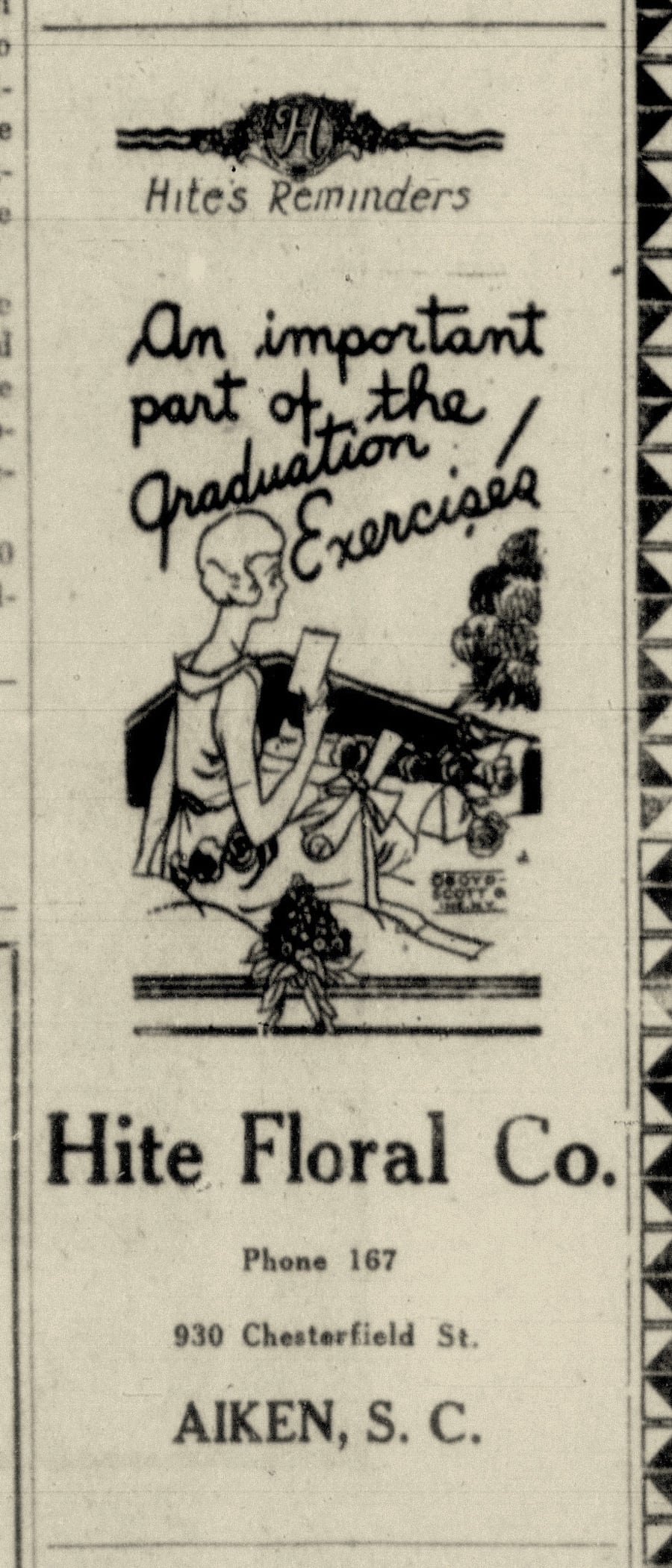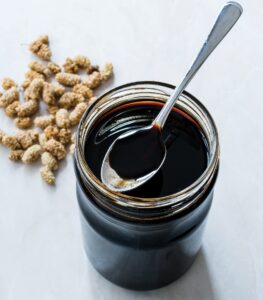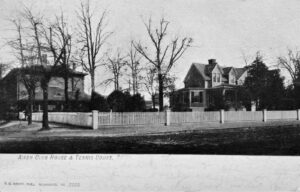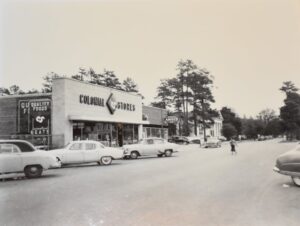Weddings in the Aiken County area have historically run the gamut from simple and traditional to over-the-top glamorous. In this article we’re going to feature three weddings that all took place in the city of Aiken in the mid-20th century.
When the Winter Colonists made their annual trek to Aiken, they eagerly anticipated a season of relaxed recreation and an opportunity to escape the more formal demands of northern society. Aiken was not the place to host elegant soirees or debut eligible daughters, so it is understandable that the majority of Winter Colony weddings were held in northern cities. When a Winter Colonist did marry here, it was usually a modest affair. However, two lavish exceptions stand out.
From the polo field to the wedding aisle
Frances Post was the daughter of renowned Long Island polo trainer Fred H. Post who had helped spearhead construction of the Aiken Training Track and became its first supervisor. In the 1920s, the Post family purchased a Colleton Avenue home that they extensively remodeled in 1930. This ~4000 SF cottage was to become the scene of the wedding between Frances and Ricardo Santamarina, the polo-playing son of the late Vice President of Argentina.
The April ceremony was performed on Easter Monday in a garden bursting with color. From the Aiken Journal and Review:
“A reception for several hundred guests from the winter colony, Long Island, and South American society was held … The bride was escorted by her father to the flower banked chancel placed before a cluster of stately Carolina pines … The aisle down which the wedding party approached was banked with Easter lilies and blooming dogwood. The setting of long leaf pines, purple wisteria and spring blossoms was the natural floral background …”
The bride’s gown of white silk point d’esprit was fitted with a long train, and her hair was encircled with a coronet of orange blossoms. She carried her own miniature garden, a cascade of gardenias, orchid, and lilies of the valley. The bridesmaids, in powder blue bouffant gowns trimmed with lace and pearls, carried bouquets of dogwood that matched the clusters of dogwood in their hair. The wedding was a highlight of the 1939 season, with luncheons and dances celebrating the couple thrown over two weeks by the Mead, von Stade, and Grace families among others.
A floral fantasy
Aileen Wood was a noted horsewoman who had been featured on the cover of Life magazine in 1950. In 1941, her father, Ohio equestrian William Wood, had purchased the Georgian Revival home of William Ziegler on Whiskey Road and renamed it Green Boundary.
The nuptials took place at St. Thaddeus Episcopal Church, where balconies, arches, and columns were draped in southern smilax. The altar was a cascade of white lilacs, white snapdragons, and white wisteria while the iron baskets filled the windows with ferns, magnolia branches, and Easter lilies.
The reception took place at the family home of Green Boundary. From the Aiken Journal and Review:
“The bridal party received on a garden walk edged with pink and white azaleas and clipped boxwood bushes. The white Georgian columns of the marquee had diffused lights and were banded at the top with branches of magnolia, branches of camellia and pink and white wisteria. The dance floor was edged in graduated bankings of white and pink azalea bushes … The bridal party was seated at a horseshoe table with garlands of camellia foliage and larger tiered stands filled with lilies of the valley, pink sweetheart roses, and pink camellias …”
Legend has it that the weather that spring was unseasonably warm, and by the April ceremony the azalea blooms in Aiken were spent. Fresh flowering bushes were imported and planted just for the wedding.
The bride was outfitted in family heirlooms, a gown of antique satin and appliqued lace, and a veil of rose point lace, accented by her bouquet of lilies of the valley, white orchids, and stephanotis. The maid of honor and bridesmaids, seven in all, wore ballerina length dresses of coral chiffon and held bouquets of coral, apricot, and pale yellow gerbera daisies, with circlets of daises in their hair.
Like Frances Post’s wedding, Aileen’s was attended by many Winter Colonists. One of the latter was Aiken’s own Linda Knox Mclean, who was the “naughty” (Linda’s own word) four-year-old flower girl.
Married by a florist
On New Year’s Day in 1937, a young couple was driving through Aiken on their way to a minister’s house to be married. They stopped at the Hite Floral Company on Chesterfield Street to purchase some flowers for the bride-to-be. While waiting for their order to be fulfilled, the young couple remarked how perfect it would be to get married amongst the flowers.
No sooner had the words left their mouths than the flower shop’s owner retrieved her son from the dinner table — the son just happened to be the Reverend E. E. Hite of Jonesville. With musical interludes provided by Mr. and Mrs. William Tracy Hite, the couple was married in the greenhouse of the florist shop while surrounded by Southern smilax, snapdragons, chrysanthemums, gladioli, and poinsettia. The surprise wedding and happy start to the new year was enjoyed by all attendees.
Whether your wedding is traditional, glam, or unique, we hope it is a joyous occasion. Stay curious y’all!”

Hite Floral Company ad. Aiken Journal and Review, May 21, 1930






